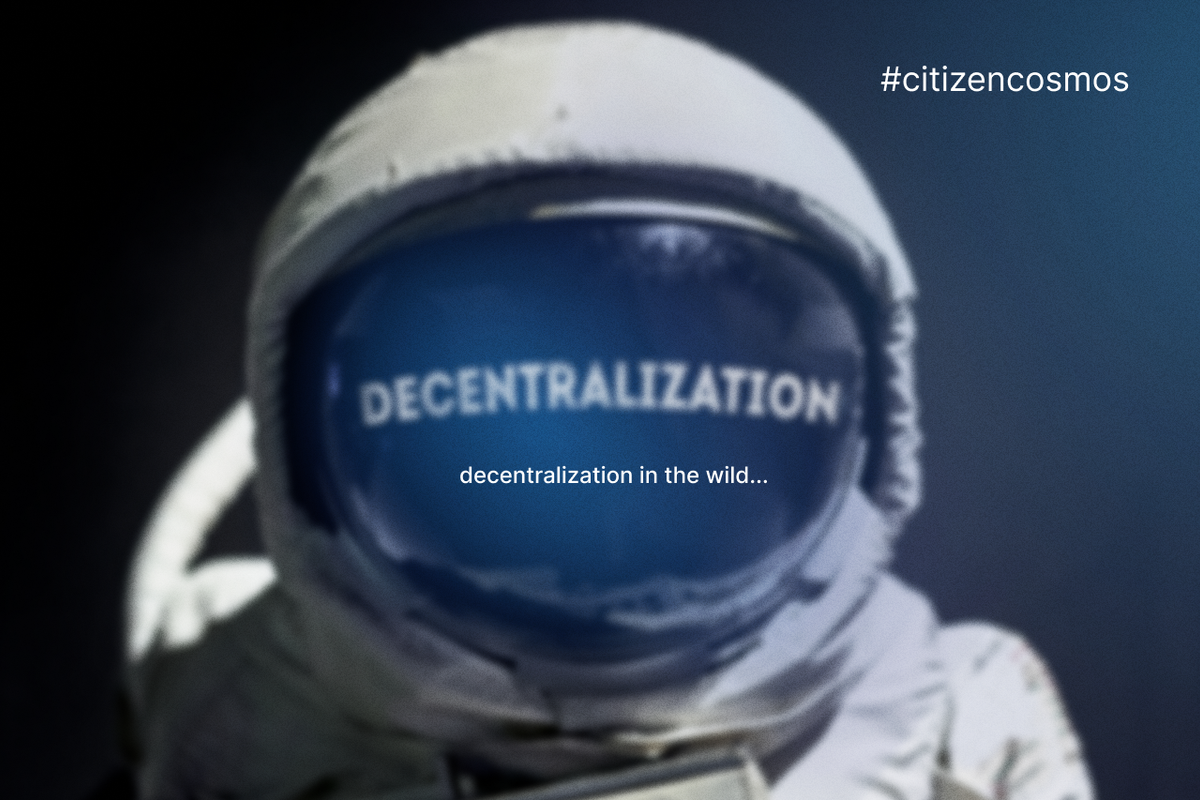Decentralization
Decentralization
The transition from centralization to decentralization
Until recently, our world was primarily centralized. The priority form of government was, in most cases, a pyramidal structure. Decisions and orders descend from top to bottom. From bosses to subordinates, from corporate managers to branch directors, from the central bank to banks, from the president to ministers, and on to the people. And although it is believed that democracy prevails in society, and all decisions are made based on a social contract, we all see perfectly well that critical decisions are made in a single center of concentration of power.
However, blockchain has changed everything...
Everything changed with the invention of blockchain technology (although some conspiracy theorists believe that this technology was given to us from above =)). Blockchain gradually entered our lives and changed our paradigm of thinking from centralized representations to decentralized ones. Blockchain has shown that it is possible to negotiate, make decisions and monitor their implementation without involving a single center of power. In the blockchain, all processes and management are open and belong directly to the community without intermediaries. Therefore, it is quite attractive, which is why the number of decentralized services proliferates.
Decentralization in the wild
A decentralized service is a distributed organism where each user is a part of one whole. As an example consider the forest as an example of a decentralized system of blockchains and interchains.
The tree blockchain interacts with the grass blockchain and the squirrel blockchain. Many decentralized ecosystems in the forest are interconnected by bridges and send transactions to each other. The kingdom of mushrooms alone is worth something.
The forest does not have a single control center. Instead, each part of it acts in its interests. Yet, all its elements are combined into a giant ecosystem and are naturally synchronized with each other.
The idea
In the same way, a group of people united by a common idea or having the same values can join a community where there will be no chairperson, deputy, secretary, etc. The meaning in these positions disappears, and corruption opportunities are associated with them. Such communities can interact with other groups and communities as well as individuals. And the rules of these interactions and communications are equal. A smart contract monitors the fulfillment of the conditions of exchange and transactions. Regulators, notaries, and brokers are no longer needed. They are extra in this chain of interaction.
The idea of decentralization is increasingly capturing the minds of people. The absence of a central governing body is so attractive that the number of new blockchains has recently been overgrowing. And the number of services built on these blockchains is growing even faster. Already today, we see such services as decentralized exchanges, decentralized finance and loans, decentralized data storage services, decentralized video hosting (https://bastyon.org), instant messengers (https://usedust.com), and even social networks (http://twister.net.co). And in the future, entire states based on the blockchain may appear.
Which decentralized services are you lacking?
If you would like to support our mission in creating educational content and aligning the goals of different communities, please stake with us here:
Join our community, to build a future where communication is decentralized. May the code be with you!
